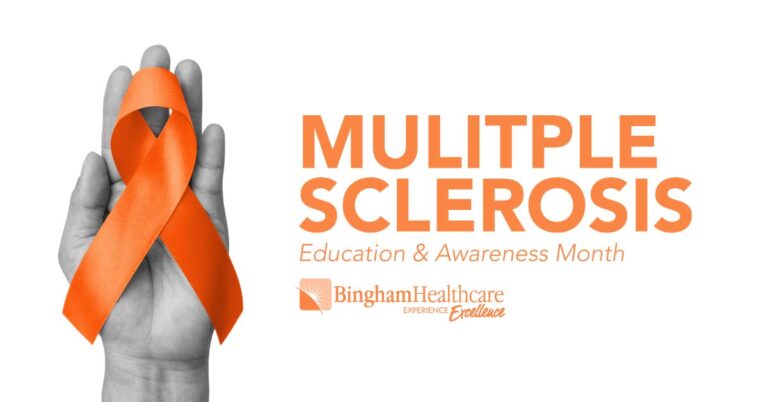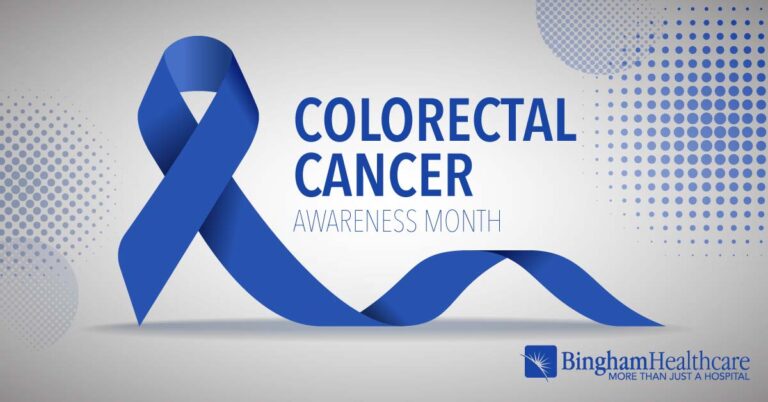
A Simple Road Map to Thyroid Disorders
Nestled below your voice box, your butterfly-shaped thyroid gland looks quite innocent. Weighing in at less than an ounce, however, it’s a potential hazard. Think of it as your body’s accelerator. If it’s not up to speed, your thyroid can leave you feeling exhausted and depressed.
But your thyroid also can shift into overdrive. You feel all revved up, and you didn’t even order a double shot of espresso in your café latte. As your thyroid pumps out excess hormones, your metabolism revs up. An overactive thyroid produces unwanted symptoms as well, from excessive sweating and nervousness to insomnia and hand tremors.
While thyroid disorders are generally easy to treat, they’re also easy to miss or misdiagnose. So before you get caught in one of health’s common speed traps, use this road map to understand the basics of potential thyroid diseases.
Hypothyroidism
When thyroid hormone levels are too low, the body’s processes start slowing down. With your body making less heat and energy, you might feel colder, tire easily, gain weight, feel sluggish and suffer from constipation. Hypothyroidism can also take a toll on your appearance, including hair loss (even on your eyebrows), drier skin, and brittle fingernails. It can even play havoc with your mood and memory, leaving you forgetful and depressed. Women might suffer from abnormal menstrual periods, either quite heavy or absent.
Nodules
Most thyroid nodules don’t cause symptoms and can’t be seen, so your doctor may be the first to discover one or more during a routine physical exam. But you can be proactive by performing this easy self-exam: Stand in front of your mirror, put water in your mouth, look up somewhat and swallow. If it looks like your thyroid goes up and down fairly smoothly, you’re OK. If it looks like one side is bigger than the other, you should see a doctor. If thyroid nodules cause symptoms, they may include pain in the neck, jaw or ear; difficulty swallowing; a “tickle in the throat;” or shortness of breath if they press on the windpipe.
Hyperthyroidism
During a physical exam, your doctor may detect an enlarged thyroid gland and a rapid pulse. Other signs include moist, smooth skin; a tremor in your fingertips; fast reflexes; and enlarged or bulging eyes if you have Grave’s disease (the most common type of hyperthyroidism). Your doctor will confirm the diagnosis of hyperthyroidism with laboratory tests.
Angelo Capricchione, MD, is a fellowship-trained endocrinologist at BMH, and is board certified in the treatment of thyroid disorders, osteoporosis, and diabetes. If you’re concerned about your thyroid or would like a screening, please schedule with Dr. Capricchione at (208) 785-3865. He sees patients in Blackfoot and Pocatello.
“An estimated 20 million have some form of thyroid disease. And, 12 million—that’s 1 in 25 people—are living with a thyroid disorder and don’t even know it.”



